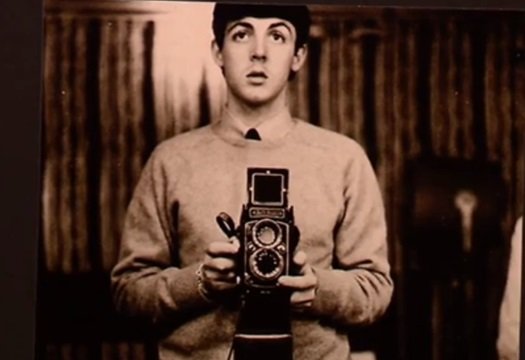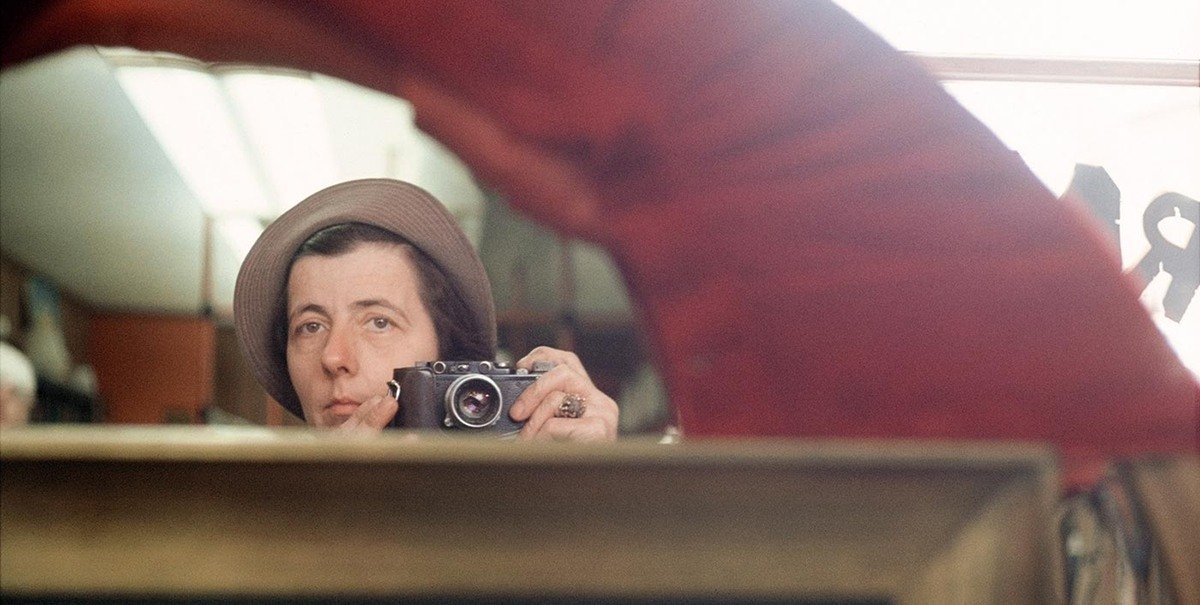
(Paul McCartney talking an early selfie)
Self portrait photography has always engendered a situation which requires an evaluation of the relationship between automatism and creative licence. This of course is a relationship which has been fraught with problems within art philosophy. Traditionally, because of the mechanical aspect of photography, the element of automatism innate in every photograph has always been in competition or even conflict with the artistic endeavour. Therefore the end product for the camera user, or creative agent, can not be the result of a pure conscious controlled process, in this context the agent only has a limited artistic control of their work.
Due to the accidents, abstractions, chance and repetition inherent in the photograph it has meant artists can take advantage of automatism. However, some argue that automatism within photography has allowed artists to develop self-portraiture that substantially differs from previous visual art forms. This can be particularly said about the modern phenomenon that has emerged as a result of the proliferation of mobile phone use, the phenomenon commonly known as the ‘selfie’ – a picture taken using a smart phone camera of the person taking the picture. It is a form of casual self portrait and has found a prominent contextual meaning within social media platforms. It is a very immediate method of self construction through a lense. The relative ease and swift access to publishing ‘selfies’ means that it is very easy to define a sense of self using photography.
When we look at the ‘selfie’ phenomenon we are forced to look at other psychological and sociological subjects and themes relating to the human experience. Most notably the ‘selfie’ has been characterised by social narcissism. There is also a universal appeal of the selfie which unites both ordinary members of society and celebrities. We’re now living in a reality in which subjective concepts of the self, other and institution are being merged together into a new collectivism based around social identity. In the new digital climate of sharing more and more personal information we seem to be using the ‘selfie’ as a source of truth which highlights past and future considerations of ourselves, including those elements of our lives such as food, journeys, social engagements and ‘self-made fame’.

(The mysterious Vivian Maier who used to take self portraits but lived completely incognito to the art world)
Part of the psychology behind someone posting a selfie online is the hope of compliments in return, this of course is an integral part of social life and helps to generate self-esteem. We all like to feel good about ourselves. So if the producer of a selfie receives dozens or hundreds of approvals and flattering comments online after the publication of their ‘selfie’ it is reassuring and self-validating. Sociologist Ben Agger has described the ‘selfie’ as the ‘male gaze gone viral’ while Women’s Studies Professor Gale Dines correlates it to the porn culture that has now emerged in the digital era, and that ‘there is only one way to visibility, and that’s fuckability’.
If we consider celebrities and their relationship with the ‘selfie’ then the association is given a different context. Pop stars like Justine Bieber is relentlessly distributing ‘selfies’ on Twitter of his shirtless body to millions of adoring online fans, and Rihanna indulges in ‘selfie’ publications on Instagram to show of her buttocks or with two oversized marijuana joints in Amsterdam. The reality television celebrity Kim Kardashian even posted a ‘selfie’ of her and her blood stained face in March just after she had undergone facial surgery after a procedure known as a ‘vampire facial’. Also in March actress Kelly Brook attempted to restrain her ‘selfie’ urges and banned herself from taking any more, but it only lasted two hours she confessed. However, with celebrity ‘selfies’ there is often a separate corporate narrative running parallel to the other cultural meanings the ‘selfie’ engenders. Social media can be used by celebrities to disseminate a corporate message which serves the interests of their management or record company for example.

(The Oscars selfie became the most retweeted tweet ever)
There is also a peer influence element to the ‘selfie’ phenomenon, particularly with young people and teenagers in that many ‘selfie’ producers who distribute their picture do so in the hope that they will become accepted amongst their peers, and perhaps the wider community. They are in effect trying to seek approval from their social circles just as they would do with their friends at school or college. The pursuit of cultural value and being ‘cool’ can though lead to popularity contests and so the posting of ‘selfies’ becomes a challenge for people, the one who posts the most cool or entertaining ‘selfie’ is rewarded by the affirmation of others who like or comment about the picture.
When considering the ‘selfie’ in the wider art context it becomes difficult for some artists and theorists to accept that the ‘selfie’ photograph can be considered art at all, because they are not like self-portraits we are familiar with. It is clear that ‘selfies’ have altered certain aspects of social interaction and they have carved out a new visual medium, which is distinct from any previous area of self-portraiture. Also, as yet, the new genre of ‘selfies’ is not dominated by artists it is saturated by amateurs which further pushes the boundaries of artistic licence.
